How To Build Loyalty Programs That Your Customers Will Love
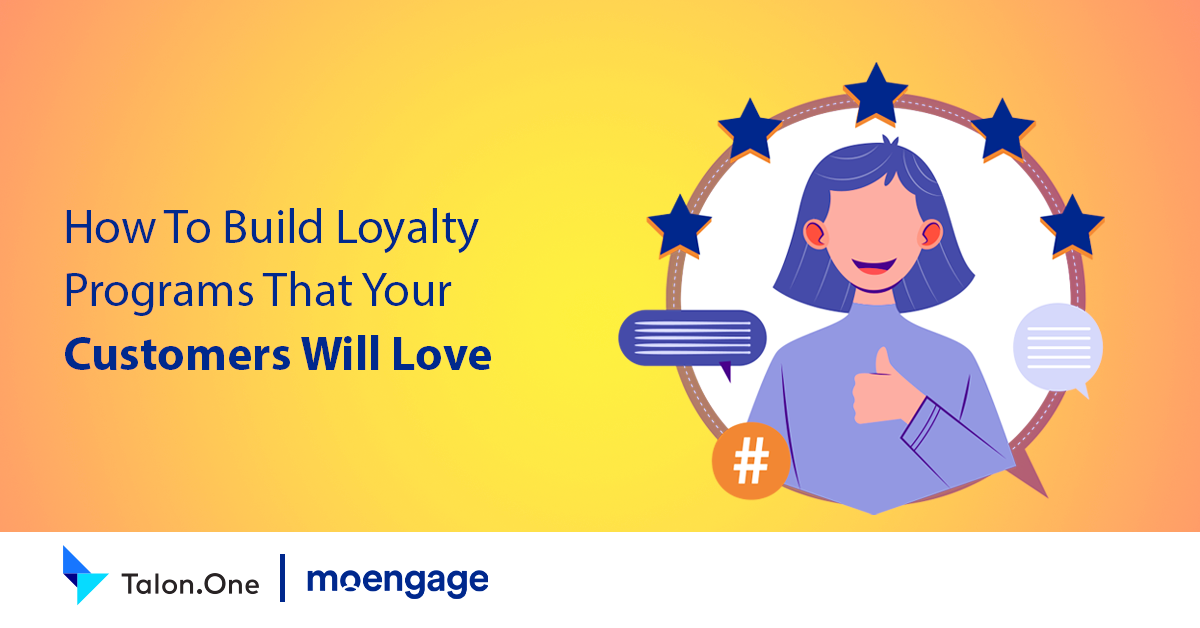
Reading Time: 5 minutes
As far as promotional marketing goes, loyalty programs make the most interesting case studies. The best examples combine all sorts of additional promotional techniques to engage consumers in new, interesting ways.
They incorporate gamification, personalized rewards, digital experiences, and allow customers to access and spend points on many different channels. As a result, it’s no surprise that loyalty programs form the basis of many big B2C brands’ entire promotion marketing efforts.
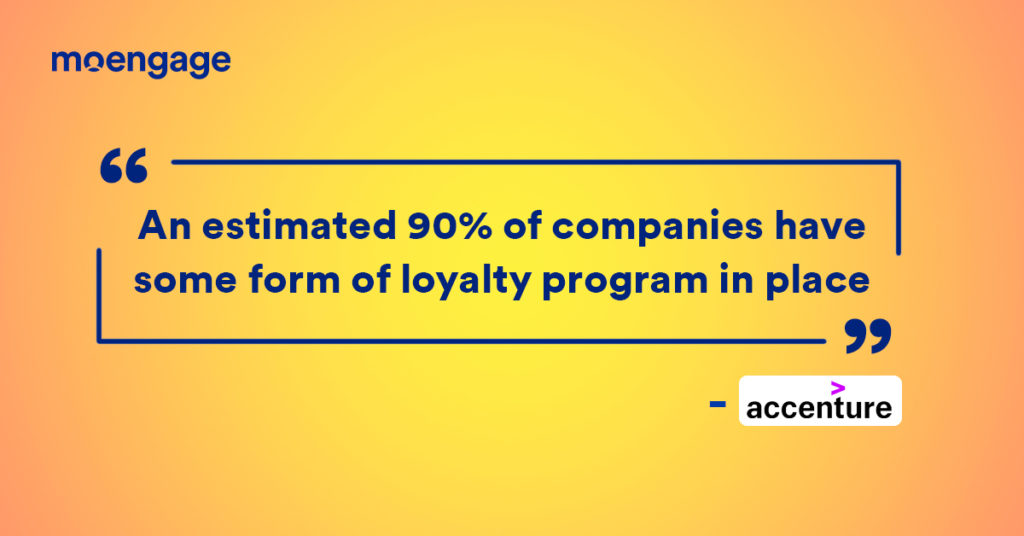
But, despite prevalence in almost all industries, most programs fail to live up to the modern consumer’s expectations. Let’s take a look at some of the reasons why, and explain how businesses can do better.
Importance of loyalty programs
Many businesses have turned to loyalty programs because of the wide-ranging benefits they bring. These include increased:
But this has left the market saturated.
Where do most businesses go wrong?
The vast majority of these programs fail to achieve results for the businesses that run them. In terms of the features of the loyalty programs themselves, there are two main reasons for this – either the rewards are too generic or the loyalty programs are too complicated.
Most of the time, businesses fall short in these two categories because:
- They haven’t developed their loyalty strategy sufficiently, or
- They don’t have the software capabilities to create fully engaging loyalty programs
Ultimately, it’s additional features that help businesses create programs that will engage customers and help them stand out from the competition.
But what do businesses need to build programs with these additional features?
Building an engaging loyalty program
Generic programs that offer zero personalization and boring loyalty rewards have damaged the perception of loyalty programs in general. When all programs are practically the same, and there’s no real incentive to join or use them, the business and customers lose out.
Gamification
There are many ways to create loyalty programs that customers will actually want to use. Take gamification for example.
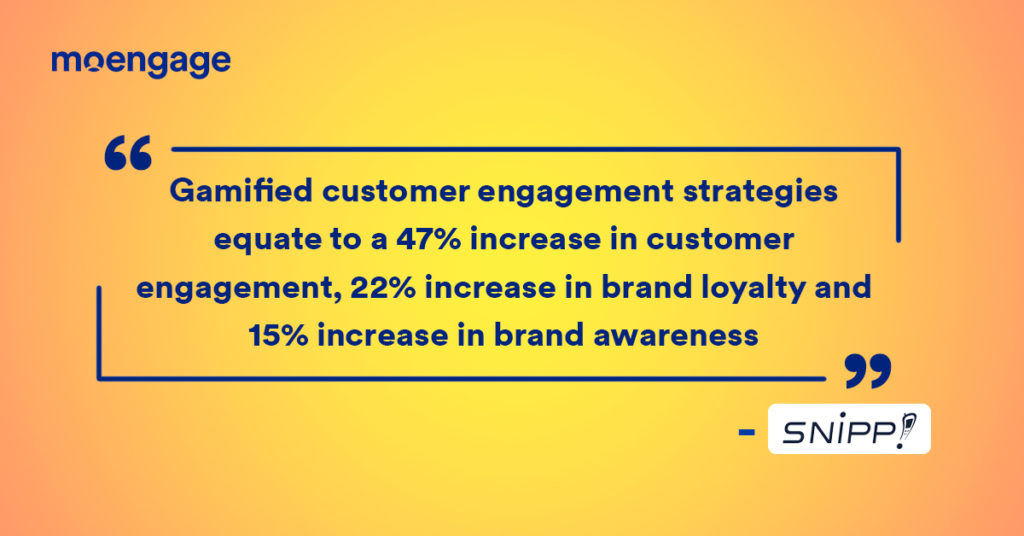
Many brands are now adding gamification mechanisms to their loyalty programs to increase customer engagement. In a market where most programs offer the bare minimum, features like these can be a huge selling point.
Examples of popular gamification mechanisms include collectible coins, mini-games, sign-in rewards, etc. You used to only find gamified features like these in use by a few big brands. But things have changed.
When it comes to gamified shopping features, Singaporean e-commerce brand Lazada is a market leader. They’ve built their entire brand around giving customers a fun, exciting shopping experience. And they’ve reaped the benefits as a result, becoming synonymous with this kind of shopping across Asia.
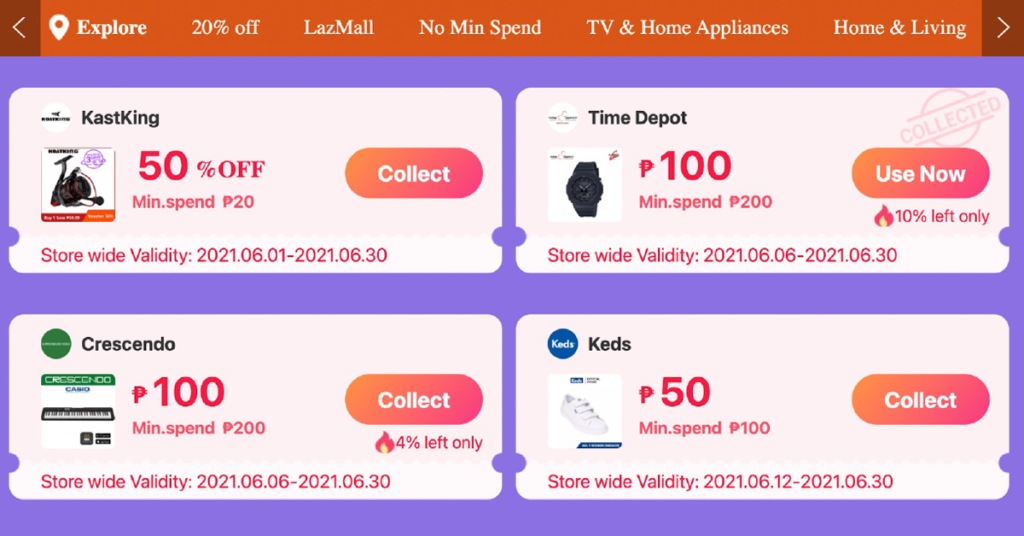
Every time they log in, customers are greeted with all sorts of time-limited offers. Far from being a normal e-commerce site, Lazada has combined elements of the arcade with the conventional e-commerce shop.
Personalization
But it’s not just gamification that Lazada and other leading e-commerce brands do well. Personalization is another key ingredient that you need for a great customer loyalty program.
Offering customers personalized rewards, messaging and other features have been proven to improve customers’ satisfaction with such programs.
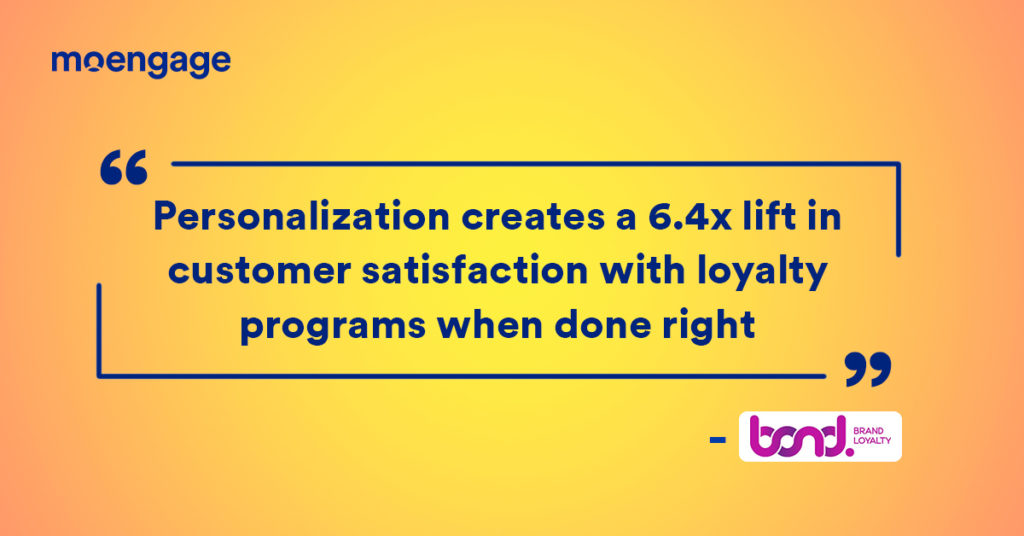
Personalization helps you show your customers that you understand them and appreciate them as people, rather than just customers.
The ultimate aim is to build a sense of emotional loyalty towards your brand among your customers.
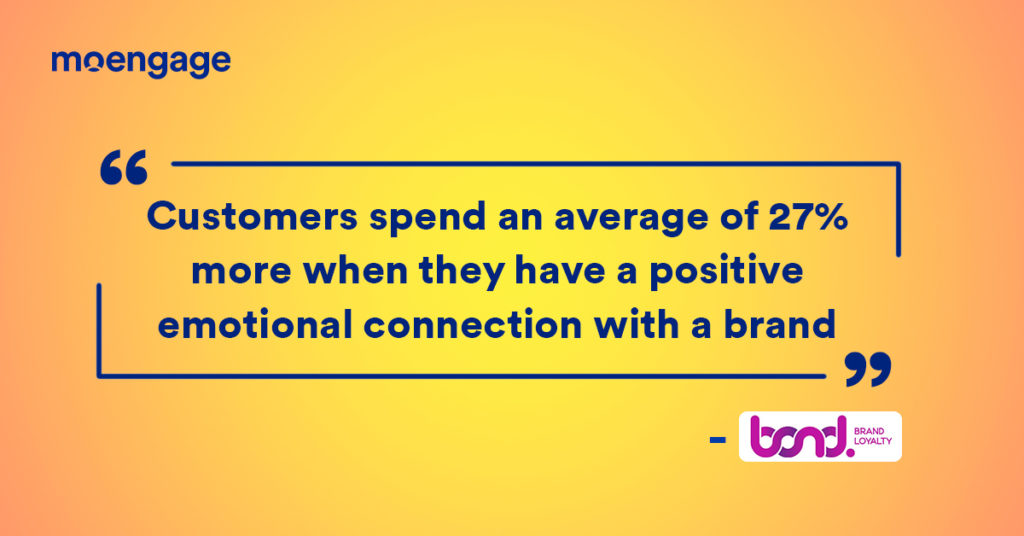
Elements of emotional loyalty
You can split emotional loyalty into three separate elements — affinity, attachment, and trust.
Where affinity is the customer’s inherent feelings towards a brand or product, attachment represents how appreciated they feel by a brand. Then you have the element of trust — how much does the customer feel they can trust a brand’s underlying intentions?
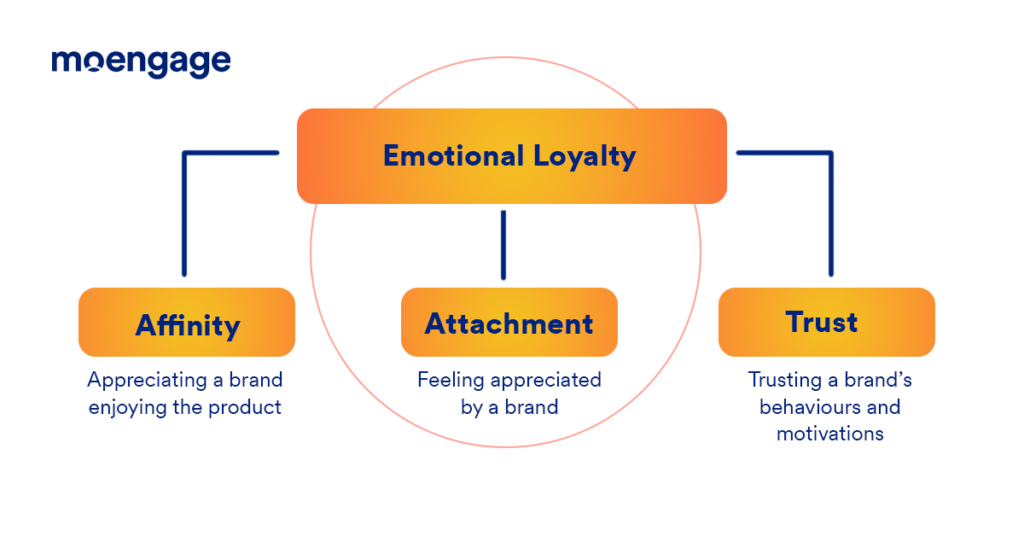
Balancing these different elements of emotional loyalty takes a bit of work. But, once you’ve got it right, you can be sure your customers aren’t just shopping with you because of convenience or low prices.
It also means that they’re much more likely to actually participate in your loyalty program, rather than sign up and get bored.
Strategy and software behind successful loyalty programs
As mentioned before, strategy and software are key to creating loyalty programs that will resonate with existing and potential customers.
With a well-thought-out loyalty strategy, you can build loyalty programs to help you achieve different business objectives. For example, you may be aiming to increase brand recognition in a specific market over the next two years.
To achieve this goal, you could set up a gamified, branded loyalty program with special offers for customers in this market. Linking it to your referral program in this region will then help you build your presence there.
Then there’s software. This is what enables you to create your loyalty program and all its interweaving elements in the first place. Without the right loyalty/promotions software, you’re not going to be able to set up the features you need to stand out from the competition.
Basic promotions software ultimately produces basic loyalty programs. And that’s not what businesses should be aiming for in the modern business environment.
On top of the things we’ve mentioned in this article, there are many additional considerations businesses should be taking into account when planning their loyalty programs. We’ve summarised everything you need to know about loyalty strategy and loyalty programs in our Loyalty Playbook. It’s one of our most popular pieces of content and it’s helped people from many different industries plan their next steps.
Further reading
- Here’s the comprehensive guide with tips and strategies that will help you build a powerful omnichannel engagement across multiple channels.
- Dive deeper into understanding the difference between multichannel, cross-channel, and omnichannel marketing.
- Here’s a panel discussion from one of our recent events where we discuss how to build brand awareness and customer loyalty.
- Let’s learn how you can capitalize on building brand authenticity through online storytelling.







